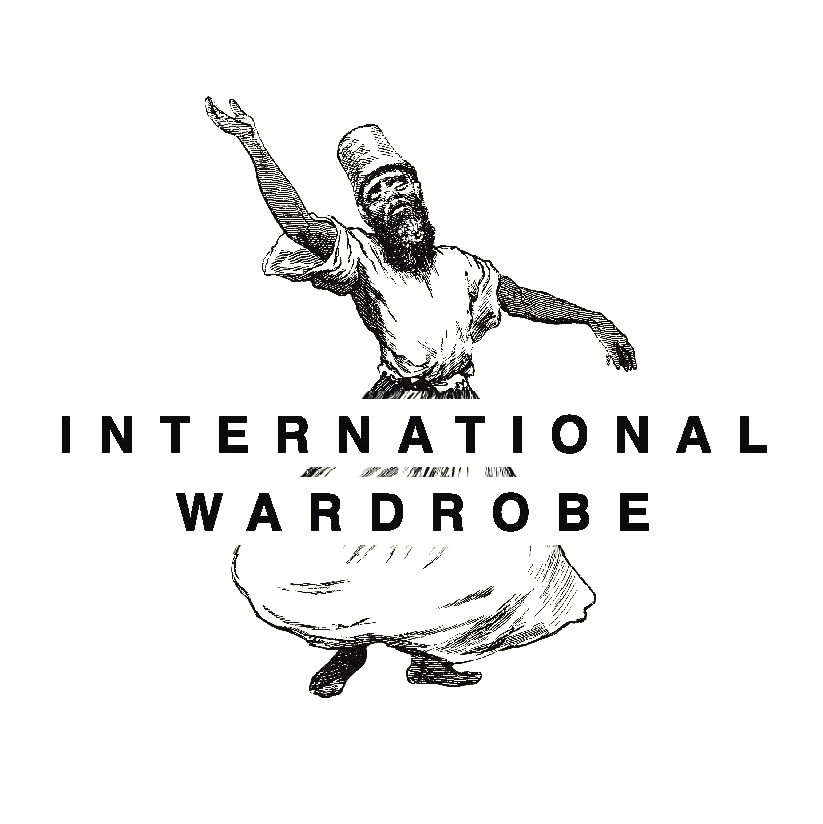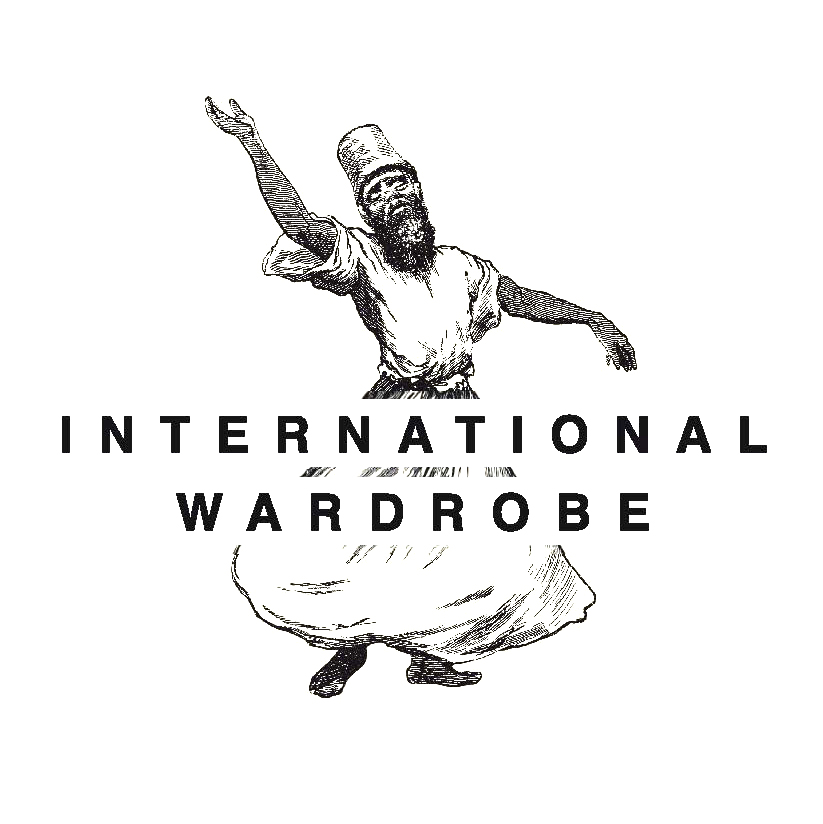»Yao Tien«, the Vietnamese name Yao people resident in North Vietnam, can be translated as the »Yao with hats«. They are easily recognised by their opulently decorated garments, preferably with French centime coins that are actually lighter aluminium copies made specifically for this purpose. The Yao Tien emigrated from Guangxi Province (now the Guangxi Zhuang Autonomous Region) in southern China to Vietnam during the Ming Dynasty. It is thought that they originally came from the more northern province of Guizhou, as their batiks strongly resemble the batik work of the Bo Y (Bouyei), a Miao group who live there and use similar tools as well. All other Yao groups do not produce any batik – except the Yao Tien. Furthermore, the Yao Tien are also the only group of Yao whose women wear skirts. (In Vietnam they are called Dao, although this is actually a misnomer).
In North Vietnam there are two »sub«-groups of Yao Tien: those living in the west, around Hoa Binh and Són La, who wear black headdresses, and those further to the east, centred around Cao Bang, who wear white headscarves. In the past, the women wore a wooden platform on their heads covered by a white scarf. Beeswax was used to integrate this wooden base into the wearer’s hair, and was only removed three times a year so that the hair could be washed… (yeuch). Although this hair ornament is no longer used, they still wear the same traditional garments they did a hundred years ago. During the first half of the 20th century, the women of the tribe with the white turbans started to tuck semi-circular and round discs (known as »Loui Cap«, a decoration that points to their Chinese roots) into the front of their jackets. Both the Dao Tien in the east and Dao Tien in the west cultivate rice, maize, cassava and vegetables, and grow rice in the western regions surrounding Són La. They collect herbs and roots for medicinal purposes, are Taoists as well as shamanists, and are very hospitable. All the women carry a machete. Originally their Vietnamese neighbours were distrustful of them and suspected them of practicing black magic.
Vietnam’s opening to the global economy in the 1990s has led to the increasing disappearance of visible elements of their cultural identity. Nevertheless, although it is mainly only older people who continue to wear traditional garments, and customary construction methods for building houses are also almost no longer in use, the Dao remain faithful to some of their customs and rites. They still prefer to marry within their own tribe, are organised in clan systems and perform old rituals, such as the »Qua Tang« (candle lighting) ceremony, a rite of initiation for young men, during which burning candles are placed on the initiates’ bodies, among other practices.
Pictures, right side, from top to bottom:
1. All pieces of the Yao Tien costume from Hoa Binh province. With dark headscarf, two jackets. skirt and leg warmer. From: Jess G. Pourret: The Yao; River Books, Bangkok 2002.
2. Here you can see the differnte styles of the headdress of the Yao Tien from Hoa Binh province. The second woman from left is wearing the wooden construction for the head. The Yao Tien woman wear there hair shortly. From: Jess G. Pourret: The Yao; River Books, Bangkok 2002.
3. This womans group of Yao Tien comes from the region Cao Bang. They worn white scarfs above the head and much more jewelery than the Yao Tien from Hoa Binh province. From: Jess G. Pourret: The Yao; River Books, Bangkok 2002.
4. Presentation of the costumea at the museum of Ethnology in Hanoi.
5. Costume of a Bounyi woman from Guizhou, southern china. Because of the similarities with the YaoTien, there is the consideration taht they have the same roots.
6. Full party dress of a Yao Tien girl from Cao Bang around 1920. From: Jess G. Pourret: The Yao; River Books, Bangkok 2002.
7. Yao Tien girl from Cao Bang. Around 1920. From: Jess G. Pourret: The Yao; River Books, Bangkok 2002.

